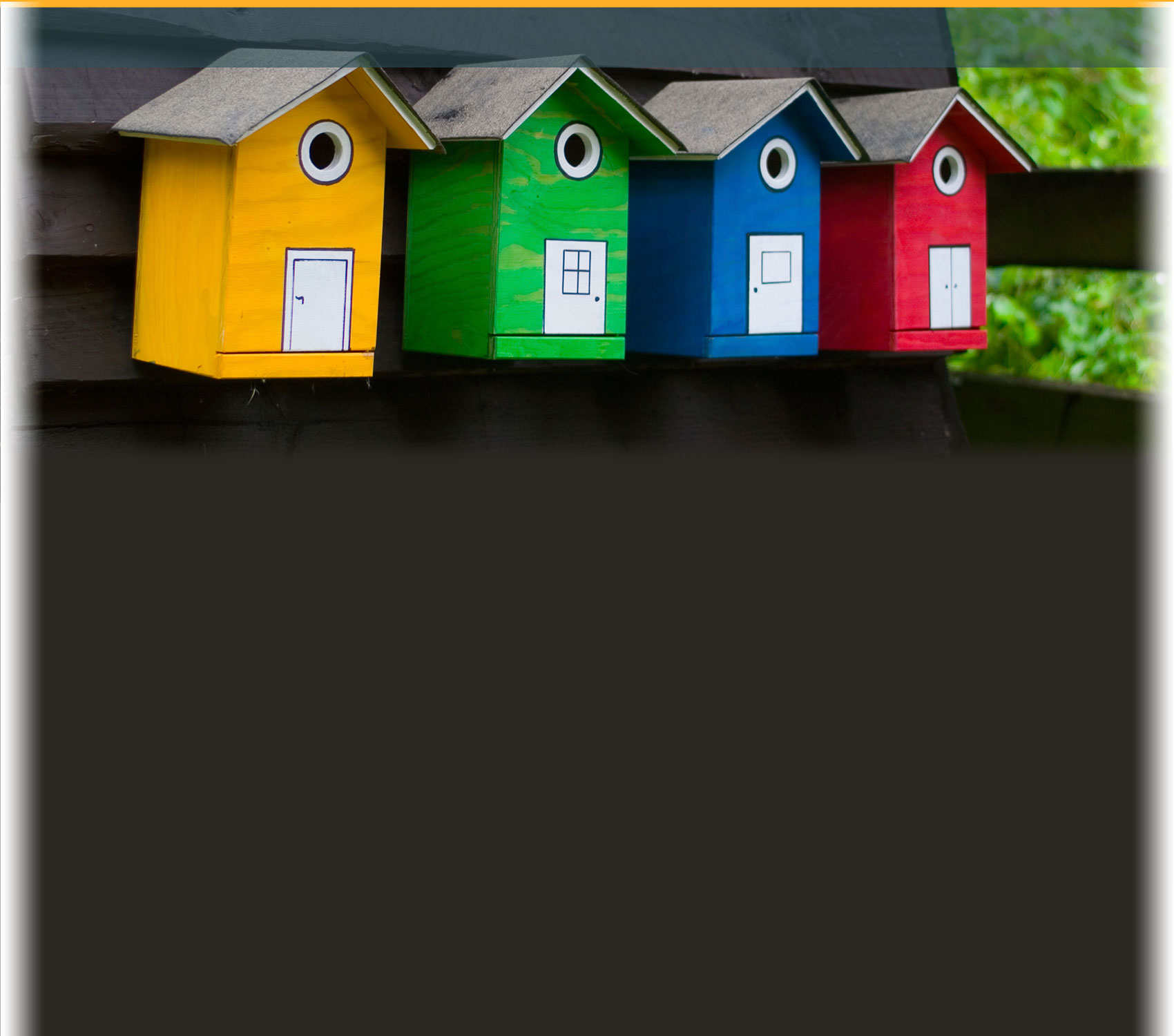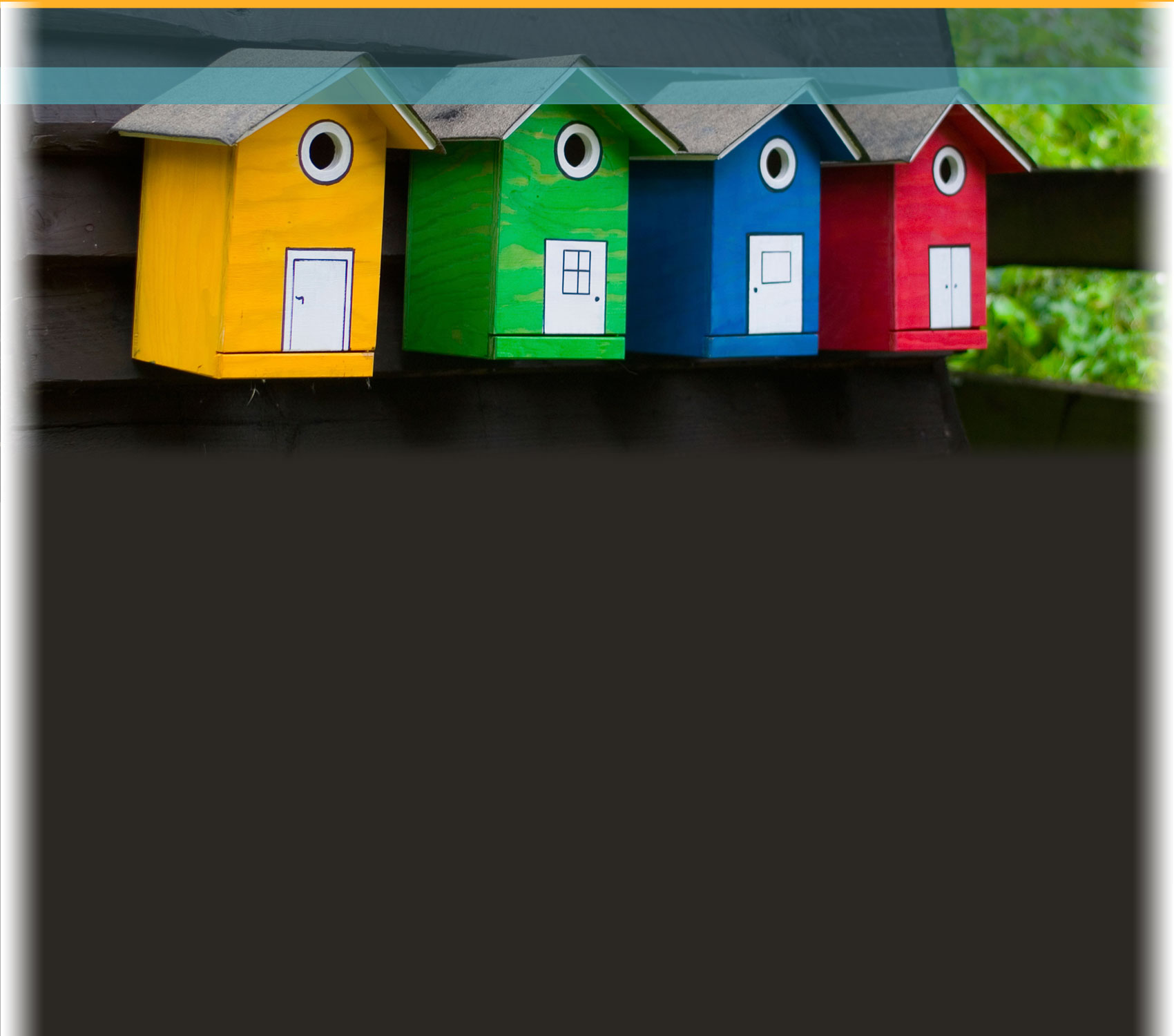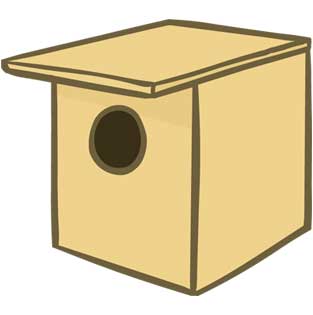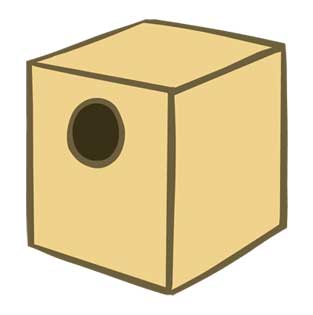Design a Model
Now it is time to make a model of your nest box using the Nest Box Builder Tool below. Refer to your Engineering Portfolio and follow the dimensions and materials you describe in your design proposal. Remember to keep track of the cost of materials on a separate paper. You may use the extra notes pages in the back of your Engineering Portfolio.
 Nest Box Builder Tool
Nest Box Builder Tool
Select Your Bird
Hint!Click the bird whose nest box you want to build, and then click Next.
Select Your Nest Box Style
Click the style of nest box that is most appropriate for your bird.
Select Your Dimensions
Hint!Choose the appropriate dimensions for width, depth and height from the list below. Your choice will generate an orthographic drawing-- a two-dimensional drawing that represents a three-dimensional object – of the nest box you selected. Notice the different parts that make up your birdhouse. Click Next when you are done.
Depth: 4 inches
Height: 6 inches Width: 5 inches
Depth: 5 inches
Height: 12 inches Width: 6 inches
Depth: 6 inches
Height: 12 inches Width: 10 inches
Depth: 18 inches
Height: 15 inches


















Select an Entrance Hole
Hint!Now choose the appropriate size entrance hole for your bird. Click Next when you are done.






















Mark Ventilation, Drainage, Roof and Floor
Hint!Make a Prototype
Hint!Now your orthographic drawing is complete. Print your drawing, cut out the pieces, and use tape to assemble each part into a scale model. Click the hint button for tips on building your model and keeping track of costs.


























Select a Location
Hint!Now that your nest box is assembled, choose the location where you want your nest box to be installed. Make sure you install your nest box in an area that matches your bird's natural habitat.
pine tree on a thick pole in an open field in a barn on a thin pole in an area with thick shrubbery



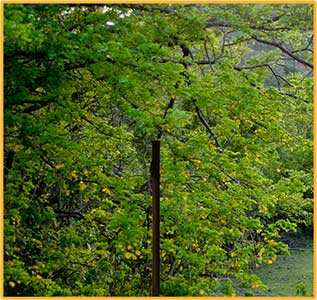
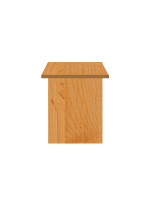
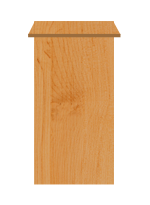
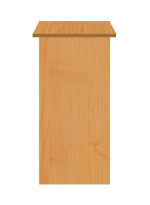
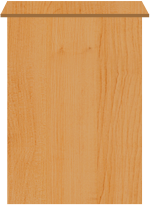
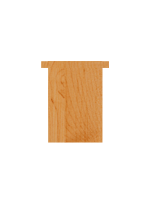
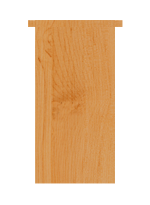
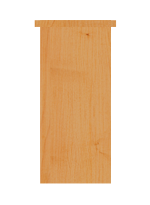
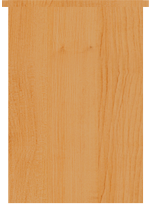
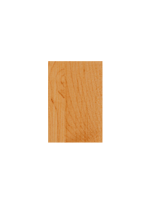
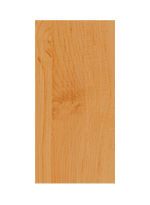
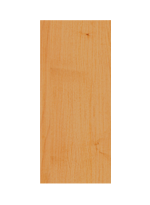
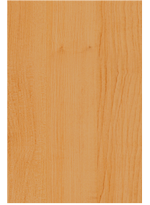
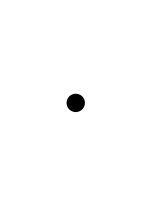
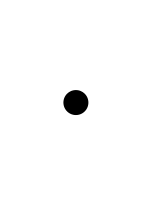
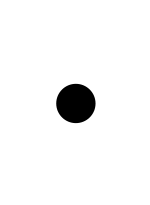

Extras
Hint!You may wish to add an additional component to your nest box. Remember to consider if this item is appropriate for your bird and consider costs.




















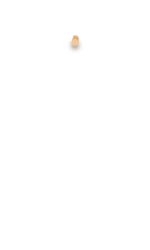
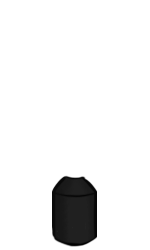
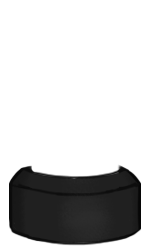




Select Distance Off the Ground
Hint!Test Your Design
Hint!Now that you have a working nest box design, will your chosen bird move in? Click Test to see if you have made the correct choices for your bird's nest box.



























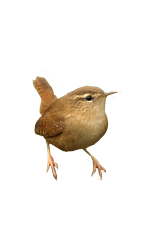
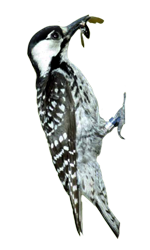

Hint
Close hintQuick Facts
Bewick’s Wren’s Nest Box
Bewick's wrens prefer a nest box that is at least 4 inches wide, 4 inches deep, and 6 to 10 inches in height. The nest box can be of several different shapes but the entrance hole should be about 1 1/8 to 1 ¼ inches in diameter—any bigger, and larger birds may invade and take over, destroying any eggs or hatchlings they find inside.
A nest box for a Bewick's wren should have a pitched roof with overhanging eaves to allow rain to slide off. Drainage holes in the bottom, a recessed floor and ventilation holes near the top will ensure that the box is not too hot or damp. One thing the nest box should not have is a perch outside the entrance hole. The wrens do not need it, and predators could use it to reach inside and grab baby birds. Some people install a predator guard on the mounting pole to deter climbing predators.
Bewick's wrens prefer nest boxes in shrubby areas about 5 to 10 feet off the ground.
Red-Cockaded Woodpecker’s Nest Box
Red-cockaded woodpeckers prefer a nest box that is about 8 to 12 inches in height and 3 to 5 inches wide and deep. Their nest boxes do not need ventilation holes, drainage holes or sloped roofs. That is because nest boxes are installed directly in holes that have been chiseled out of trees. This allows the boxes to more closely mimic natural cavities.
The entrance hole should be no larger than two inches in diameter. It should also be reinforced with a metal plate or PVC tube so that other birds and animals cannot make the hole bigger. If the hole is enlarged, red-cockaded woodpeckers will not use the nest box anymore.
Nest boxes for red-cockaded woodpeckers should be nestled in longleaf pine trees about 25 feet off the ground.
Barn Owl’s Nest Box
Nest boxes used by barn owls are at least 10 inches wide and 18 inches deep, and sometimes up to 24 inches wide and 36 inches deep. The height of the box should be 15 to 24 inches. The entrance hole can be square or round, with at least 6 inches in diameter.
Nest boxes for barn owls should be made of ¾-inch-thick untreated wood, and should include drainage and ventilation holes. Including a ledge or small perching area on the nest box will allow young owlets a place to roost. It is also not as important that the roof be pitched, since owl nest boxes are often placed inside barns, and rain is not as much of an issue. However, if the nest box is placed in an open field, a pitched roof would be beneficial.
Nest boxes for barn owls should be placed in a barn, among tree branches or near an open field about 12-25 feet off the ground.
Close WindowCut along the lines of each part of the nest box. Fold the tabs toward the back of the paper to create a crease. Attach the parts of the nest box by connecting the corresponding tabs with glue or tape.

Next, imagine that your scale model is your actual nest box. Identify where you might use glue, nails or screws to attach the parts of the box together. Mark those areas with a pencil.
Remember to keep track of the quantity and cost of materials like wood, screws, nails and glue.
Tip: You may want to use screws on at least one side of the nest box so that it can be easily opened for cleaning.
Close Window